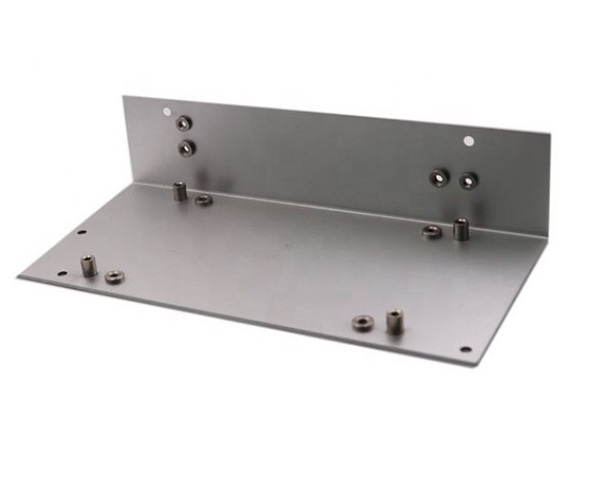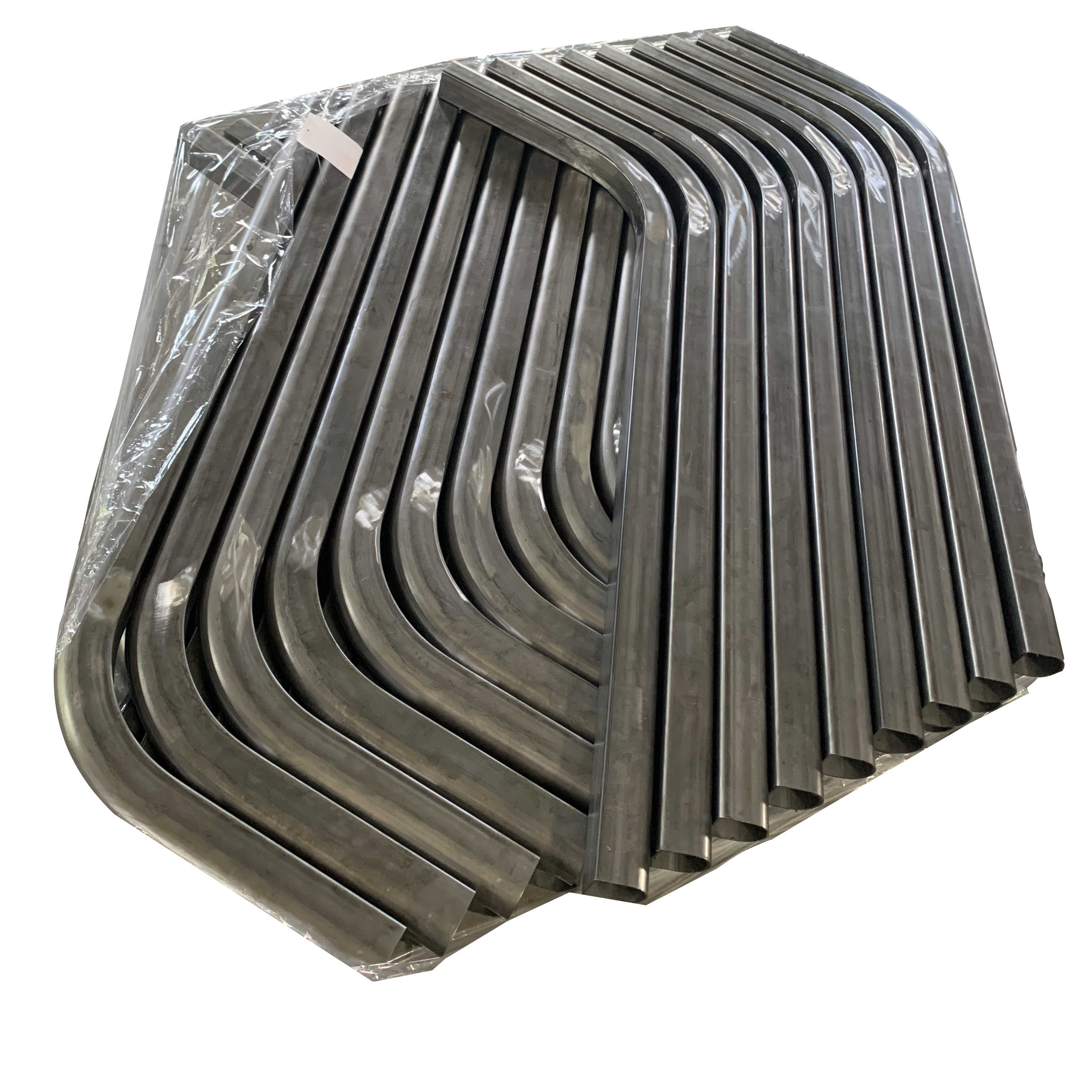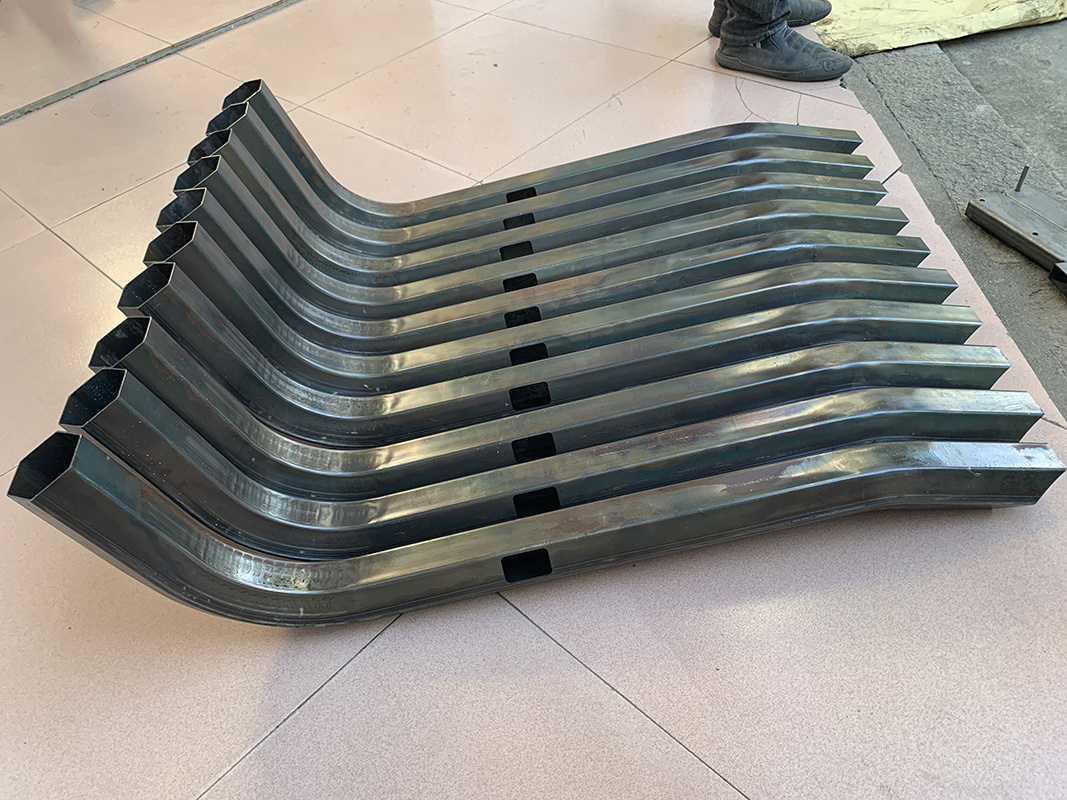How Metal Fabrication Boosts Manufacturing Efficiency: A Comprehensive Guide
Release time:
2025-04-30

How Metal Fabrication Boosts Manufacturing Efficiency
Table of Contents
- 1. Introduction to Metal Fabrication and Manufacturing Efficiency
- 2. Importance of Metal Fabrication in Modern Manufacturing
- 3. Key Processes in Metal Fabrication
- 4. Advanced Technologies in Metal Fabrication
- 5. Benefits of Metal Fabrication for Manufacturing Efficiency
- 6. Challenges in Metal Fabrication and Solutions
- 7. Case Studies: Success Stories in Metal Fabrication
- 8. The Future of Metal Fabrication in Manufacturing
- 9. Conclusion
- 10. Frequently Asked Questions
1. Introduction to Metal Fabrication and Manufacturing Efficiency
Metal fabrication is a critical process in manufacturing that involves the creation of metal structures and components through various techniques such as cutting, bending, and assembling. In today's competitive landscape, manufacturers are continually seeking ways to enhance efficiency and reduce operational costs. By integrating advanced metal fabrication techniques, businesses can streamline production, improve product quality, and ultimately boost their bottom line.
2. Importance of Metal Fabrication in Modern Manufacturing
The role of metal fabrication in manufacturing cannot be overstated. As industries evolve, the demand for precision-engineered components has surged. Metal fabrication allows manufacturers to produce customized parts that meet specific requirements, thereby ensuring that products are not only functional but also relevant to market needs. As a result, manufacturers equipped with effective metal fabrication strategies can adapt to changing demands while maintaining a competitive edge.
2.1 Enhancing Customization and Flexibility
One of the standout features of metal fabrication is its ability to facilitate customization. With advanced tools and technologies, manufacturers can create bespoke solutions tailored to unique specifications. This flexibility allows businesses to respond swiftly to customer inquiries and market trends, thereby improving customer satisfaction and loyalty.
2.2 Supporting Sustainable Practices
Sustainability is a growing concern in manufacturing. Metal fabrication can contribute to greener practices by reducing waste through precise cutting and shaping techniques, making it possible to use only what is necessary. This efficiency not only conserves resources but also supports manufacturers in achieving their sustainability goals.
3. Key Processes in Metal Fabrication
Metal fabrication encompasses a wide array of processes, each contributing uniquely to manufacturing efficiency. Understanding these processes is essential for optimizing production workflows.
3.1 Cutting Techniques
Cutting is often the first stage in metal fabrication. Techniques such as laser cutting, plasma cutting, and waterjet cutting allow for precise material removal, ensuring that components fit together seamlessly. The choice of cutting method can significantly impact production speed and material wastage.
3.2 Bending and Forming
After cutting, metal pieces may require bending or forming to achieve the desired shape. Processes like press braking and roll forming are commonly used to manipulate metal into specific angles or curves. This stage is crucial for creating components that meet design specifications and function effectively in their intended applications.
3.3 Welding and Assembly
Welding is the process of joining metal parts together, and it plays a vital role in metal fabrication. Various welding techniques, including MIG, TIG, and arc welding, are utilized depending on the materials and required strength. Effective assembly of fabricated components is equally essential, as it ensures structural integrity and reliability.
4. Advanced Technologies in Metal Fabrication
The integration of advanced technologies in metal fabrication is transforming manufacturing practices. These innovations not only enhance efficiency but also improve the quality of the final products.
4.1 Automation and Robotics
Automation has revolutionized the metal fabrication industry. Robotic systems can perform repetitive tasks with precision and speed, freeing up human labor for more complex operations. This not only increases productivity but also minimizes errors, leading to higher quality outputs.
4.2 Computer Numerical Control (CNC) Machining
CNC machining technology allows for the automated control of machining tools via computer programming. This level of precision is essential in creating intricate designs and maintaining uniformity across production runs. CNC machines can adapt to various designs, enabling manufacturers to produce a diverse range of components efficiently.
4.3 Additive Manufacturing
Additive manufacturing, or 3D printing, is gaining traction in metal fabrication. This technology allows for the layer-by-layer construction of components, enabling the creation of complex geometries that traditional methods may struggle to achieve. The ability to produce parts on-demand can significantly reduce lead times and inventory costs.
5. Benefits of Metal Fabrication for Manufacturing Efficiency
The adoption of metal fabrication processes leads to a multitude of benefits that enhance overall manufacturing efficiency.
5.1 Cost Reduction
By optimizing production processes and minimizing waste, metal fabrication can lead to significant cost savings. Efficient cutting and assembly techniques ensure that materials are used judiciously, while automation can reduce labor costs.
5.2 Improved Quality Control
Metal fabrication enables stringent quality control measures to be integrated into production lines. Advanced technologies, along with skilled craftsmanship, ensure that each component meets precise specifications, reducing the likelihood of defects and rework.
5.3 Faster Production Times
With the aid of automation and advanced machinery, production times can be drastically reduced. Manufacturers are able to respond to market demands quickly, thus maintaining competitiveness and customer satisfaction.
6. Challenges in Metal Fabrication and Solutions
While metal fabrication offers numerous advantages, there are challenges that manufacturers must navigate.
6.1 Skill Shortages
The industry often faces a shortage of skilled labor capable of operating advanced machinery and employing complex techniques. To address this, companies can invest in training programs and partnerships with educational institutions to cultivate a skilled workforce.
6.2 Equipment Maintenance and Upgrades
Maintaining and upgrading equipment can be costly and time-consuming. Regular maintenance schedules and proactive investments in new technologies can mitigate downtime and ensure that production remains uninterrupted.
7. Case Studies: Success Stories in Metal Fabrication
Examining case studies of successful companies can provide insights into the effective application of metal fabrication techniques.
7.1 Company A: Reducing Lead Time with Robotics
Company A, a leading metal fabricator, implemented robotic systems in their production line. This transition reduced lead times by 30%, allowing them to meet customer demands more effectively.
7.2 Company B: Enhancing Quality with CNC Technology
By adopting CNC machining, Company B improved the accuracy of their components, resulting in a 15% decrease in product returns due to defects. Their investment in technology resulted in higher customer satisfaction and repeat business.
8. The Future of Metal Fabrication in Manufacturing
Looking ahead, the future of metal fabrication is poised for remarkable advancements. Emerging technologies, such as artificial intelligence and machine learning, will further streamline processes and enhance decision-making in manufacturing.
8.1 Integration of AI and Data Analytics
The incorporation of AI and data analytics into metal fabrication processes will enable manufacturers to predict equipment failures, optimize production schedules, and refine quality control measures based on real-time data.
8.2 Sustainable Innovations
As sustainability continues to be a priority, innovations in metal fabrication will focus on eco-friendly materials and processes. Manufacturers that prioritize sustainable practices will not only reduce their environmental impact but also appeal to environmentally conscious consumers.
9. Conclusion
Metal fabrication plays an indispensable role in enhancing manufacturing efficiency. By leveraging advanced technologies, optimizing processes, and embracing customization, manufacturers can achieve higher productivity and quality. As industries continue to evolve, investing in effective metal fabrication strategies will be essential for staying competitive and meeting the demands of the modern marketplace.
10. Frequently Asked Questions
10.1 What is metal fabrication?
Metal fabrication is the process of creating metal structures and components through cutting, bending, and assembling techniques.
10.2 How does metal fabrication improve manufacturing efficiency?
Metal fabrication improves efficiency by optimizing production processes, reducing waste, and enabling customization.
10.3 What technologies are used in metal fabrication?
Advanced technologies such as robotics, CNC machining, and additive manufacturing are commonly used to enhance metal fabrication processes.
10.4 What are the main processes involved in metal fabrication?
The main processes include cutting, bending, welding, and assembly.
10.5 What challenges does the metal fabrication industry face?
Challenges include skill shortages, equipment maintenance, and the need for continuous innovation to keep pace with market demands.
Innovative Applications of Steel in Everyday Household Products
Innovative Applications of Steel in Everyday Household Products Table of Contents 1. Introduction to Steel in Household Products 2. The Versatility of Steel: A Modern Marvel 3. Steel in the Kitchen: Enhancing Culinary Tools 4. Steel in Home Improvement: Hardware Innovations 5. Safety First: Steel in Household Safety Products 6. The Sustainable Future of Ste
2025-05-08

Understanding Metal Fabrication Manufacturing: A Comprehensive Overview for Professionals
Metal fabrication manufacturing is a vital process in various industries, particularly in the realm of mechanical engineering and metalworking. This term encompasses a wide range of manufacturing processes that involve the creation of metal structures through cutting, bending, welding, and assembling. Understanding these processes is essential for professionals who are engaged in the mechanical an
2025-05-04

How Metal Fabrication Boosts Manufacturing Efficiency: A Comprehensive Guide
How Metal Fabrication Boosts Manufacturing Efficiency Table of Contents 1. Introduction to Metal Fabrication and Manufacturing Efficiency 2. Importance of Metal Fabrication in Modern Manufacturing 3. Key Processes in Metal Fabrication 4. Advanced Technologies in Metal Fabrication 5. Benefits of Metal Fabrication for Manufacturing Efficiency 6. Challenges in Metal Fabricati
2025-04-30

 Esperanto
Esperanto
 Shqiptare
Shqiptare
 Euskara
Euskara
 Zulu
Zulu
 Latinus
Latinus
 Cymraeg
Cymraeg
 தமிழ்
தமிழ்
 Slovak
Slovak
 Slovak
Slovak
 Afrikaans
Afrikaans
Xiamen Sungrow Sheet Metal Technology Co., Ltd.
WhatsApp: 86-15880206937
Email: sales2@sungrowsn.com
Add: No.299, Hongtangli Road, Hongtang Town, Tong'an District, Xiamen, Fujian, P.R.China.




